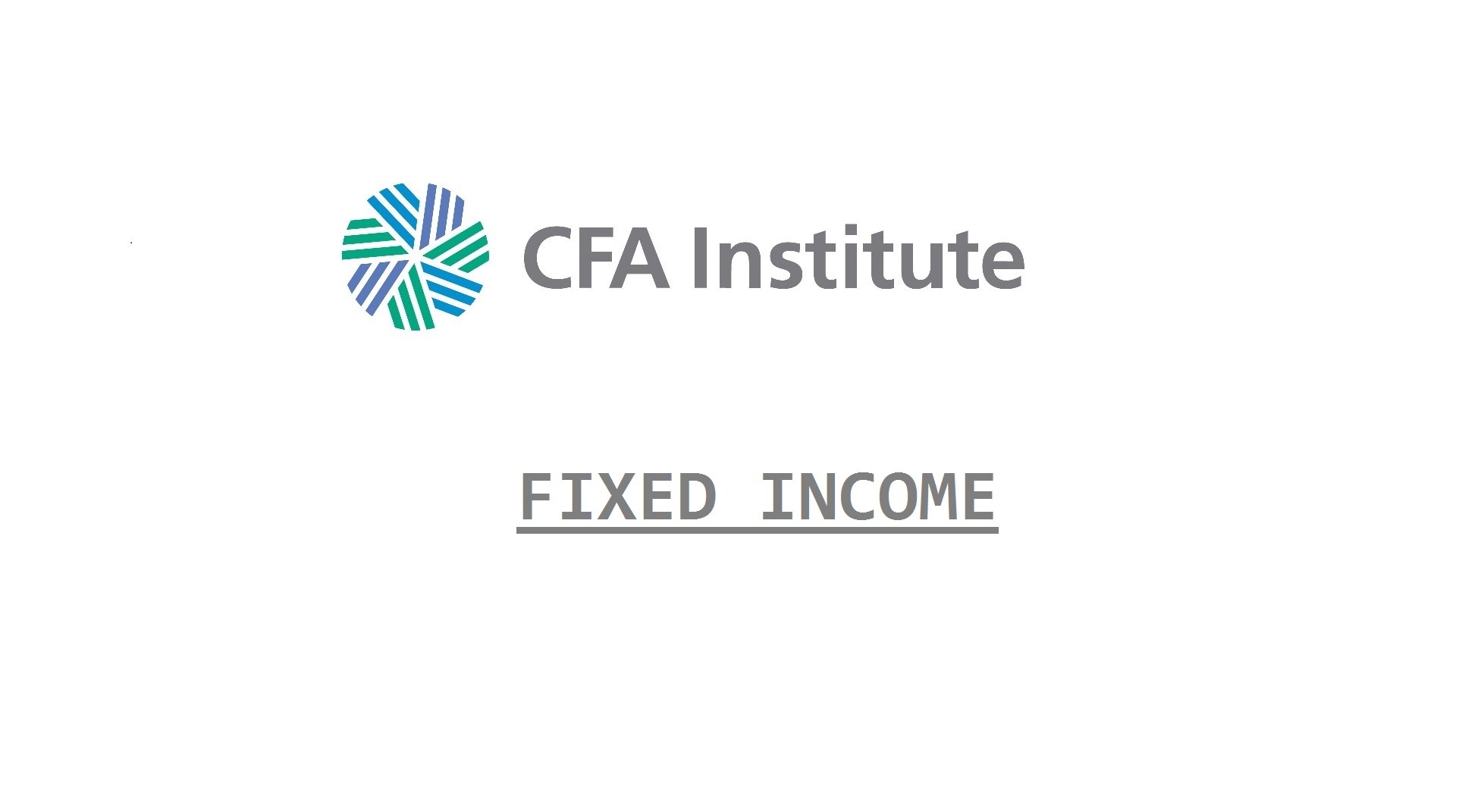The nature of the fixed-income markets generally makes full replication impractical. Enhanced indexing provides one acceptable alternative. Stratified sampling (cell matching) can be used to implement enhanced indexing.
Cell matching can incorporate environmental, social, and corporate governance (ESG) or socially responsible investing restrictions. ESG may prohibit or explicitly require securities with specific characteristics.
Relevant techniques to reduce the expense of pure indexing or add value include:
- Reducing fund expenses, including transaction costs.
- Overweighting undervalued and underweighting overvalued: securities, sectors, and portions of the yield curve; while still matching overall index characteristics. The basic principle is to avoid areas of spread widening and favor areas of spread narrowing.
- Over (under)weighting callable bonds for their typically higher yield, when interest rate volatility is expected to be low (high) and impact of the call feature on price (and effective duration) is more (less) predictable.
Indirect exposure is an alternative to investing directly in bonds through full or enhanced indexing. Indirect exposure can be gained with funds or synthetically through derivative strategies. These indirect approaches usually avoid the higher initial costs of directly trading in bonds, but incur ongoing expenses and other possible risks.
Bond index mutual funds may be particularly well suited for smaller investors. They provide broad market exposure with one investment and economies of scale. Aggregating the capital of many investors typically gives these funds access to more securities at better prices.
Open-ended fund shares can be redeemed or purchased at net asset value (NAV) once per day. However, such funds charge ongoing management fees and may also charge fees at purchase (front load) or sale (back load). Unlike bonds, they do not typically mature, plus the holdings and income stream change over time.
Exchange-traded funds (ETFs) provide some advantages in that the shares trade continuously on exchanges and investors can buy or sell continuously, rather than once per day. The typical investor cannot purchase or redeem shares directly with the fund. However, authorized participants can redeem shares in kind with a pro rata distribution of the underlying fund assets.
Synthetic strategies seek to replicate the performance of bond indexes with OTC or exchange-traded derivatives. Such strategies include:
Total return swaps (TRS): The manager enters a swap to receive a desired bond market index total return (both income and price change) in exchange for paying LIBOR + spread. TRS are equivalent to buying the index and borrowing the funds needed for purchase at LIBOR + spread. If the index has a negative return in a given period, the index receiver pays that return to the index payer to replicate the loss in value that would have occurred if the index receiver had actually invested in the index:
- The investor could fully collateralize the swap by holding sufficient cash equivalents to have purchased the underlying index.
- If not fully collateralized, the TRS is effectively a leveraged investment in the index.
- The counterparty is normally a dealer with greater economies of scale who can replicate the index with lower transaction costs than the manager.
- The TRS has disadvantages compared to direct investment.
- The user does not directly own the underlying securities. The TRS replicates the underlying return, but there is counterparty (credit) risk if the dealer cannot perform his side of the transaction.
- The TRS is normally shorter term in nature, and there is rollover risk if it cannot be renewed or a new counterparty cannot be found at expiration of the initial TRS.
- The specified return can be for a subset of the bond market or a sector where transaction and liquidity issues make direct investment impractical. However, the dealer must reflect these costs in the swap terms—typically increasing the spread to LIBOR paid by the TRS index return receiver.
- Structural and regulatory changes have been increasing the costs and reducing the flexibility of TRS. Dealers are now required to hold more capital, increasing their costs and making the swap terms they can offer less attractive. Collateral and mark-to-market rules are removing some of the flexibility of these instruments.
Exchange-traded derivatives are another approach to synthetic positions. Structural and regulatory changes are also occurring here. Traditionally, exchange-traded instruments such as futures and options were based on individual bonds (i.e., the CTD bond for Treasury futures and options on futures as well as money market instruments such as Eurodollar futures).

This is really a great summary